It’s Digital Learning Day! And just as the title suggests, we as teachers need to change our mindset from using technology to teach to providing opportunities for students to use technology to learn. We may have a limited number of digital resources at hand in the classrooms, but there are limitless ways of incorporating them.
I was lucky enough to listen to Dustin Summey, author of Developing Digital Literacies: A Framework for Professional Learning at the Learning Forward Conference in Nashville this past December. While his book is aimed at creating a professional learning network in your school, the information is valuable for teachers to embrace and apply in their classroom.
Summey categorizes skills in which technology can be utilized for learning. As a teacher, my job is to integrate these 21st literacy skills into my classroom to empower students and increase knowledge. Listed below are Summey’s categories and ways to integrate them into balanced literacy.
1. Locating and Filtering
Even the youngest students can “Google” for information. However, filtering is a different story. Teaching students the Boolean search method will save them time and keep them from drifting off topic. The Boolean method will show them how to use quotes, “and”, “or” and * to either narrow or broaden their searches. With spring right around the corner, students might not notice changes other than temperature. I Wonder Why The Sun Rises And Other Questions About Time And Seasons by Barbara Taylor includes topics such as leap year, longer days and animal activity. Safe Search Kids is one of many child-friendly search engines where students can practice the skill of research as well as learn to validate information they’ve read in the book (CCRA.W.6 and 8). Students will locate a variety of information on their own, and each group or child can make a contribution to the knowledge gained.
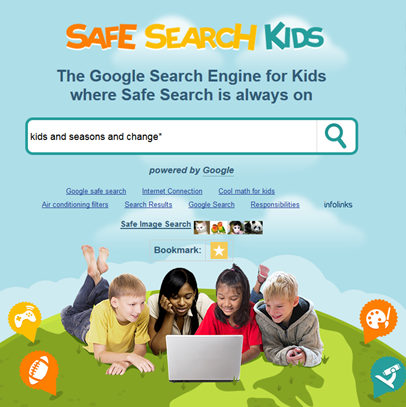
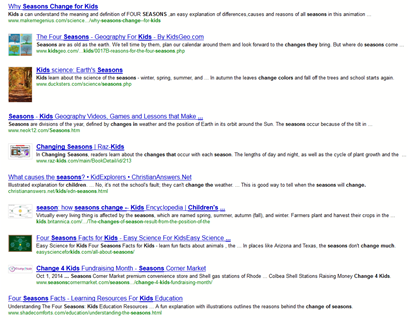
In addition to the Internet, it’s never too early to model the use of databases and methods to bookmark for easy access to favorite websites
2. Sharing and Collaborating
Through Google docs or an online collaborative website such as a wiki, students can work together on a project. Online collaboration also allows for pairing with different classes or even different schools. One of my favorite mentor texts to use for writing workshop is Sheila Rae, The Brave by Kevin Henkes. Because Sheila is so brave, she can do many things! This book is filled with numerous verbs. This brainstorming activity can be used with students of all ages. Younger students can focus on the verbs themselves, and older students can replace those verbs with stronger more specific verbs, such as gambol for jump (CCRA.L.4). Create a wiki page or a Google document for verbs. A group of students or individual students can work on the same document at the same time, locating and adding verbs they see from the text. A video can be shown for inspiration, such as this Verb Rap or this oldie but goody, School House Rock. This list will grow and grow throughout the week! Warning: it can get a bit competitive! Throughout this activity, reinforce the learning by focusing on verbs while conferring with students during the workshop.
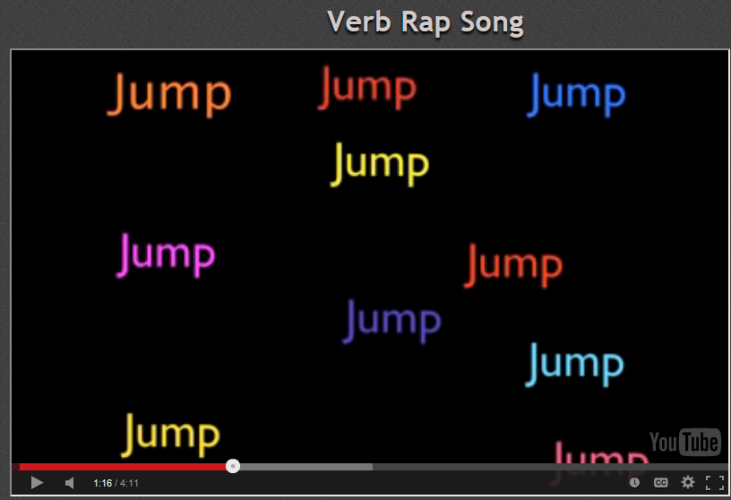
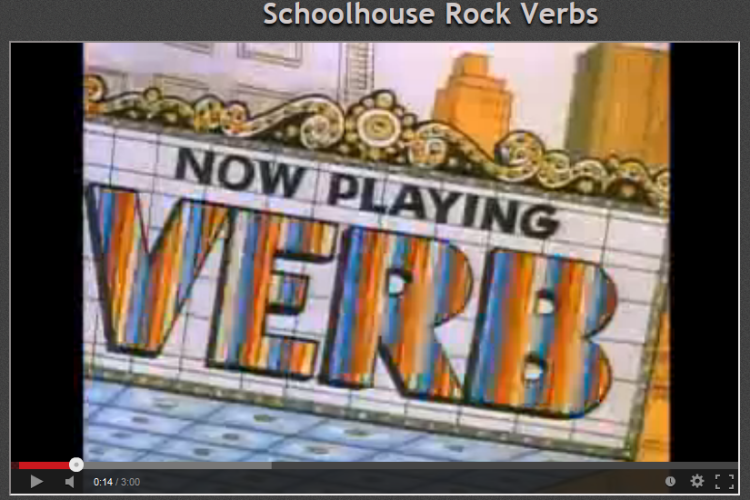
3. Organizing
There are numerous graphic organizers available that students can use to organize information. These can serve as a prewriting activity (CCRA.W. 2, 3, 6, 7, 8). Begin by having students create a list of questions. Using the researching skills they’ve learned, they can use various websites and the text they are reading to compare information and evaluate different claims they come across. Using Incredible Sharks by Seymour Simon as my anchor text, I have students practice organizing information in a unit on sharks. Students can summarize information found in other websites, photographs and video clips.
| Sharks | What are the characteristics of sharks? | What do sharks eat? | What part of the ocean are they in? |
|---|---|---|---|
| Incredible Sharks | |||
| Sharks4kids.com |
Once they’ve located their information, each vertical column represents a topic for an informational writing piece that can be transferred to an interactive graphic organizer like this one from Read Write Think. Students are creating and learning organization skills while they prewrite!
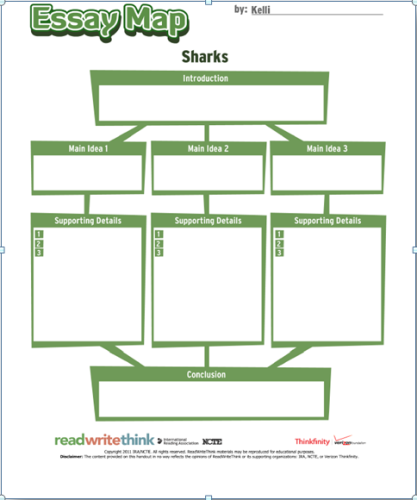
There are so many free applications on the Internet where students can create and learn. My new favorite book is El Deafo, by Cece Bell. In graphic novel format, this autobiography validates middle school students’ fears of not being accepted for who they are. Students can search and locate information on the web about fitting in and bullying. This website, http://www.eyesonbullying.org prompts students to think ahead about what they will do if they witness or hear about bullying. This is a great opportunity for students to create a plan, using the same format as this graphic novel! There are many online comic strip creators available for free: readwritethink.org, pixton.com and toondoo.com. By creating this scenario, students are practicing empathy, problem solving and dialogue (CCRA.W.1,2,3,4,5,6,7,8,9!)

So as we progress and change with the world, I have a couple words of advice for you that I’ve learned along the way. With so many applications, websites and video out there, how can we find what we need without searching for hours? Listen to your students! One thing I’ve learned, and learned quickly, is that the students themselves are our best resources. A few years ago, I was encouraging my students to present information they’ve learned, and I suggested using a PowerPoint, but cautioning them not to add too much text. A student asked if they could supplement with audio and publish the PowerPoint as a movie. Well, that opened my world, but of course I played it cool and said, “Sure, great idea!”
Secondly, don’t beat yourself up for not knowing the latest, the greatest, the fastest and the best. We all have our own pace of adopting new practices. The key is not to be one who refuses to adopt and refuses to keep their eyes open to what’s new out there. Embrace the gift of teaching in a time when we can let the students create and find knowledge on their own! We can be a mentor, a guide and a coach. We don’t have to have all the answers! It’s freeing and it’s awesome.


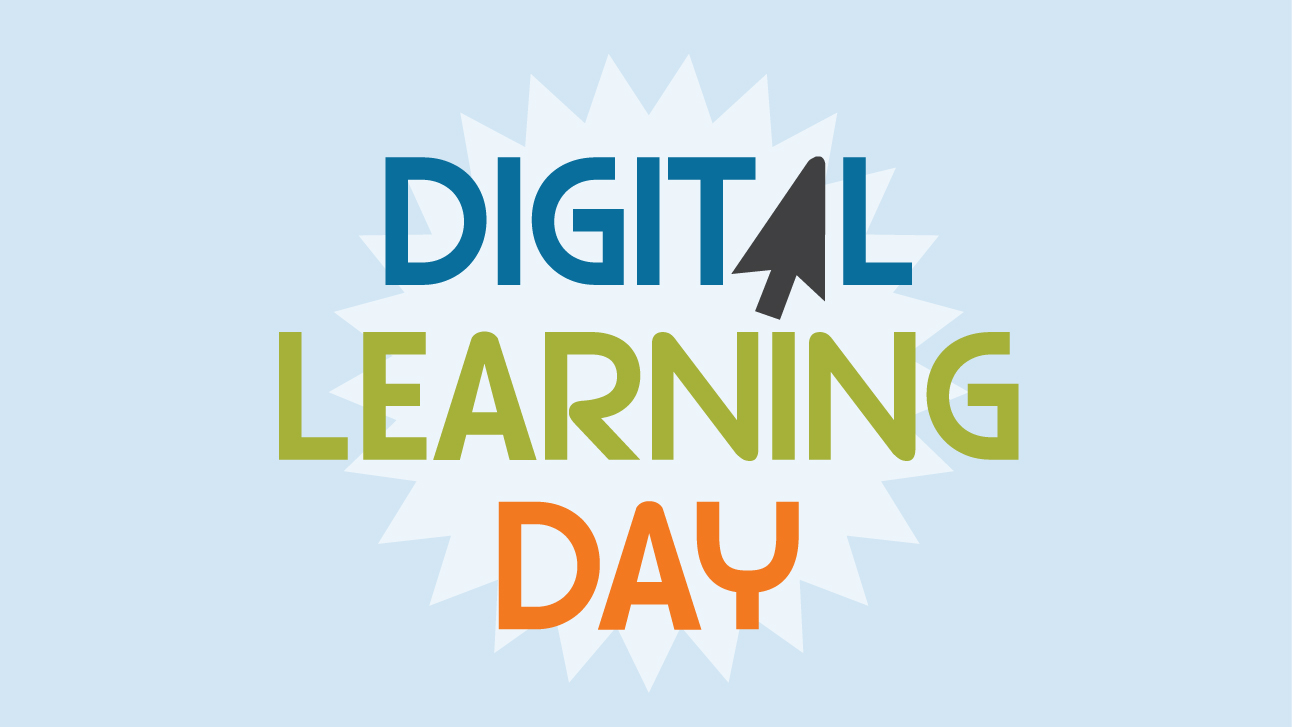
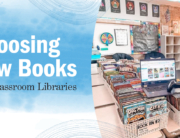

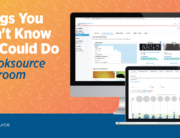
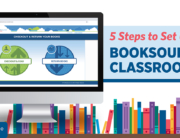
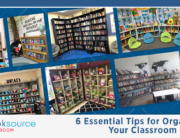
Leave A Comment